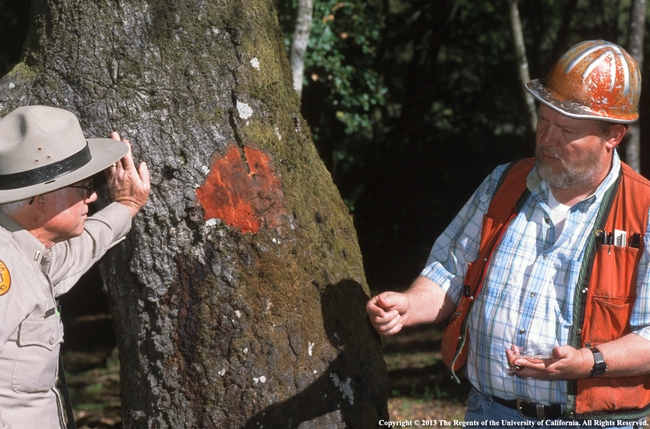2020 may see increased number of trees suffering 'sudden oak death'
California's unseasonably rainy spring may trigger more incidences of tree mortality due to sudden oak death, reported Sonia Waraich in the Eureka Times-Standard.
That impact may not be known for a while. UC Cooperative Extension forest advisor Yana Valachovic said the spike in tree deaths typically occurs the year following the spring rains, making 2020 a year of particular concern.
“One of the issues that becomes very apparent is that when we have these peak episodes of mortality, there isn't much funding to help us manage those impacts,” Valachovic said.
UCCE research associate Brendan Tweig said land managers must be flexible in implementing strategies to prevent the spread of sudden oak death.
"The disease doesn't go where you think it's going to go and then you're always limited by what you can do at any given location," he said.
The areas where the disease is discovered are treated more heavily, Twieg said.
The treatment strategy relies primarily on thinning infected trees, which increases air flow between the remaining trees. That helps dry out the area and avoid creating the moist environment in which the disease does best.

